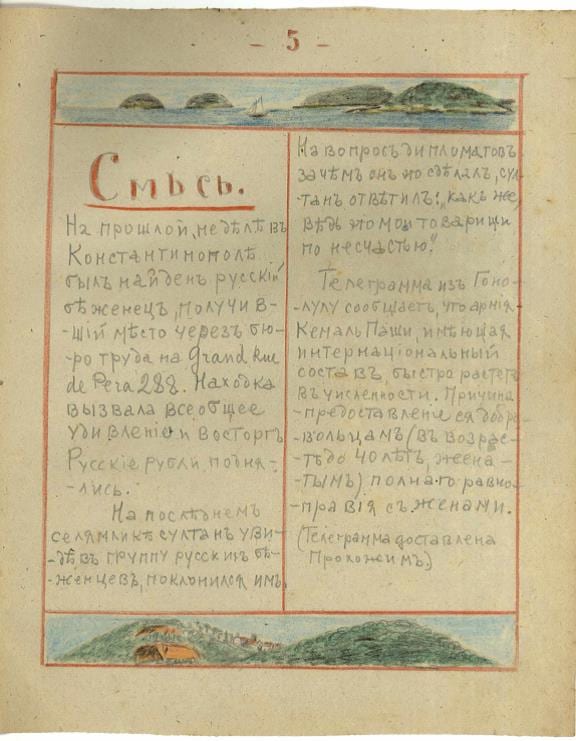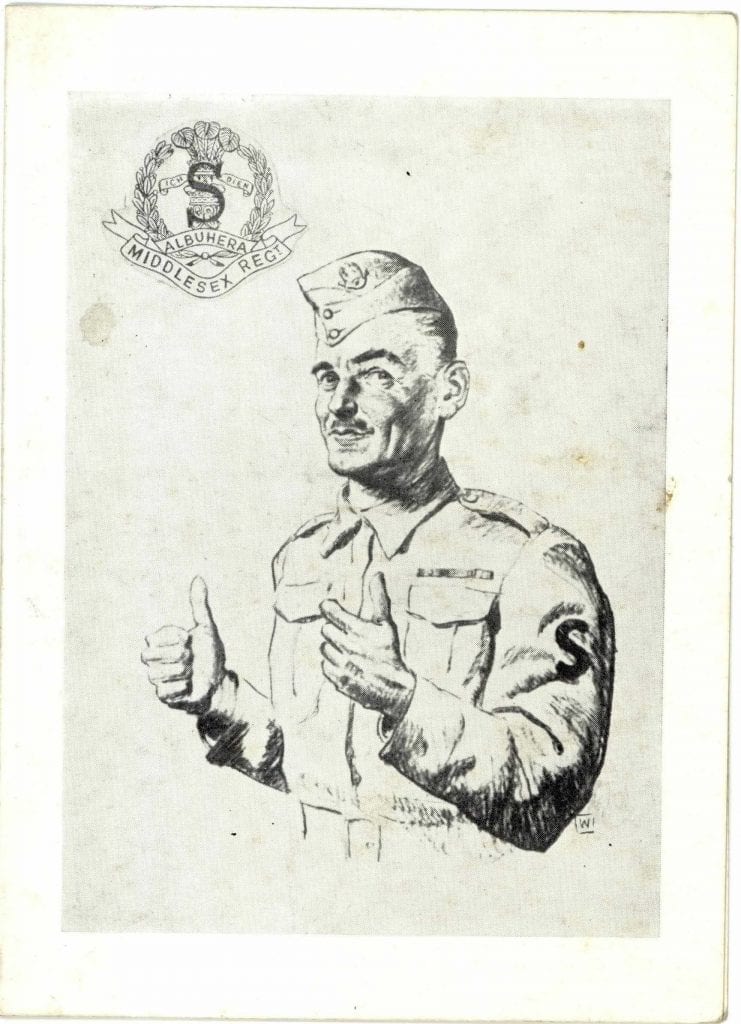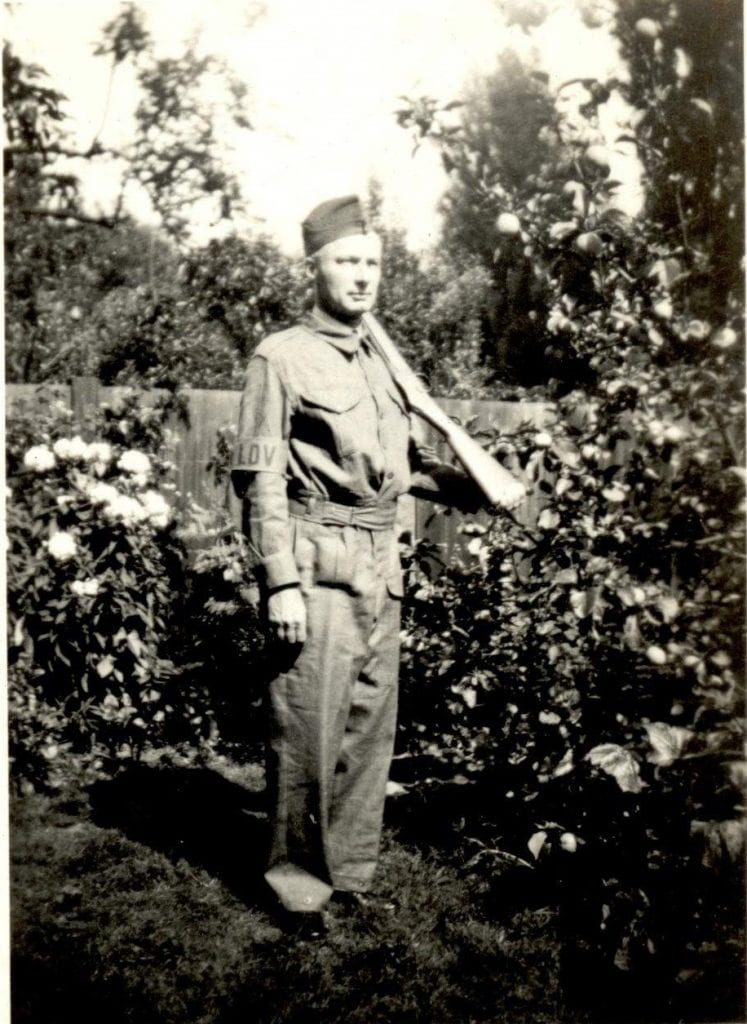‘There is no university without its students’
By Leah Johnston, on 16 October 2023
On the 25th September a new exhibition, ‘Generation UCL: 200 Years of Student Life in London’, opened in UCL’s Octagon Gallery. The exhibition explores two centuries of student life at UCL, placing them at the centre of the university’s history. Mounted in anticipation of UCL’s bicentenary celebrations in 2026, it also marks 130 years of Students’ Union UCL, one of the largest student-led organisations in the world. Material has been contributed by UCL Special Collections, UCL Museums, Students’ Union UCL, and UCL alumni.
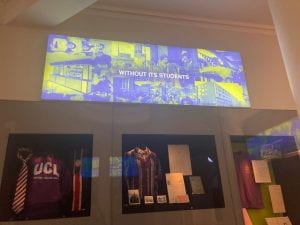
A photograph of one of the lightboxes in the exhibition stating that there is no university ‘without its students’.
The exhibition is part of the wider Generation UCL research project, which looks to explore the lives of UCL students and present them as the real ‘founders’ of the university.
Over the past 9 months, members of the Special Collections team have been working alongside Professor Georgina Brewis and Dr Sam Blaxland, of the Generation UCL team, to select and prepare material for display. Fifty of the items featured in the exhibition are taken from the University College and IOE archive collections, making it one of the largest Special Collections exhibitions in recent years.
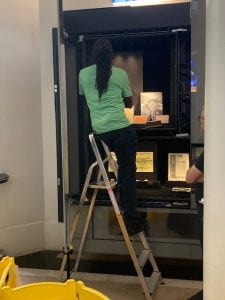
Members of the North Star team installing Institute of Education items
Items included range from official UCL publications and records, such as student record cards, files and calendars, to union and society magazines and posters. Thanks to a recent donation by Students’ Union UCL of the collection of UCL alum, Professor Mark Curtin, we have had the opportunity to display a number of objects too. These include a 1940s blazer and silk scarf worn by Geography student Enid Sampson, a UCL Botany department microscope, academic medals and union badges.
Other objects were uncovered in the process of putting together the initial longlist. A visit to the College Archives silver store back in April resulted in the discovery of a full set of 1950s cutlery (including fish knife!) that had been used by students at Bentham Hall.

Bentham Hall cutlery on display alongside a 1918 Union Magazine cartoon, showing diners crowding around Refectory menus.
With a vast amount of material to choose from the process of shortlisting was tough! However, some clever design on the part of Polytechnic studio meant that we have also been able to display material that would otherwise have been left out. The two arches that lead into the gallery have now been covered in digitised copies of publications, posters, adverts, and invitations, which were created for, or by, UCL students. If you are in the space, see if you can spot a Student’s Guide to Computers from 1996, an advert for a 1960s Pink Floyd gig and a 1981 Student Survival guide with the title ‘Don’t panic: it’s too late anyway!’.

A snapshot of one of the arches leading into the Octagon Gallery
The exhibition is open now until August 2024 and is free for all to attend. For more information about the creation of the exhibition visit the exhibition project page.
 Close
Close



